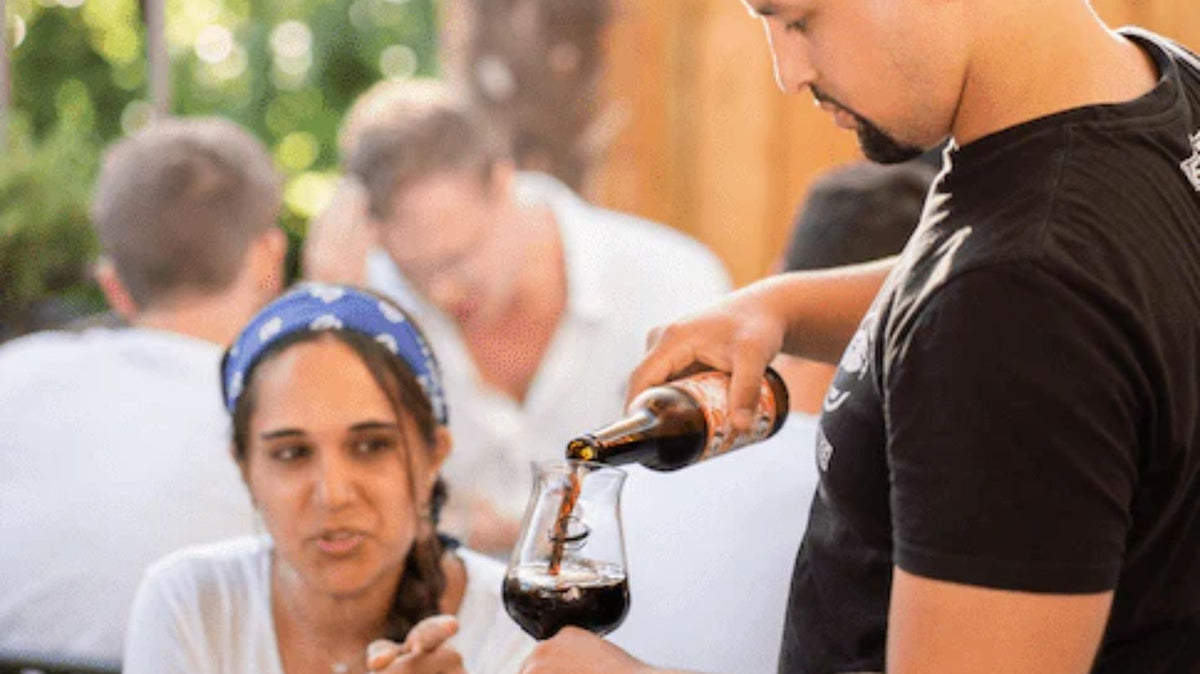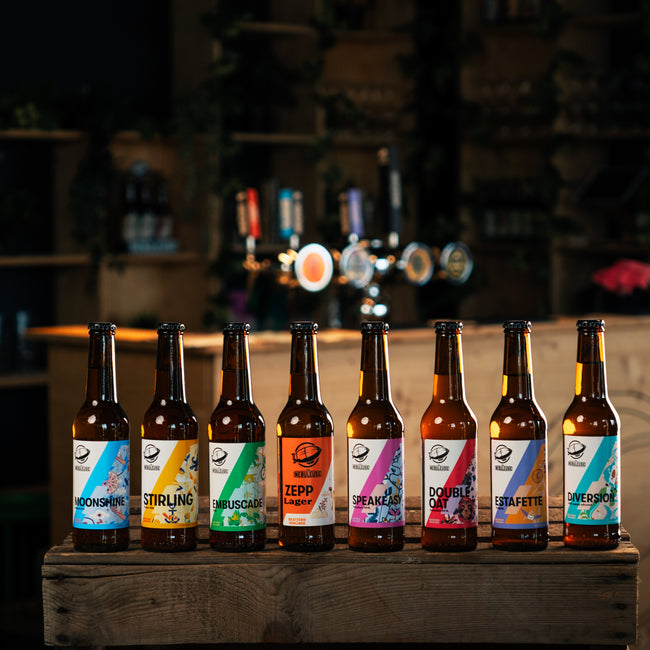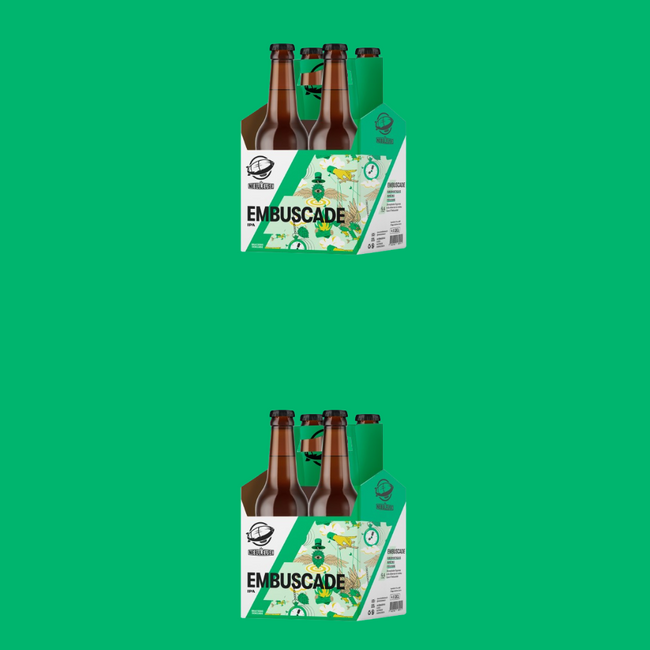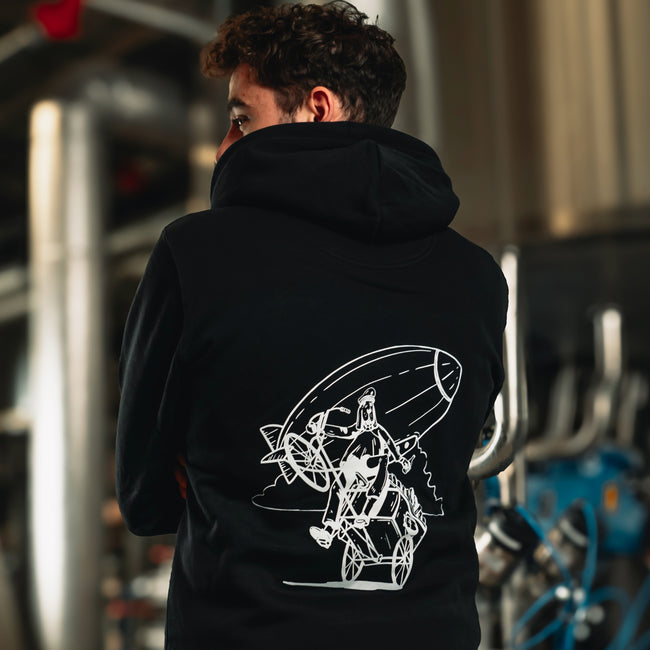The art of perfect service to enhance each style of beer

"Serve cold, pour quickly!" This mantra, repeated over years of industrial marketing, has almost succeeded in making us forget a deliciously subversive truth: pouring beer is an art that radically transforms the tasting experience. This seemingly mundane gesture hides an unsuspected potential—the difference between an ordinary tasting and a sensory revelation.
The perfect pour, a ritual that reveals hidden flavors
In your bottle, the beer is like a genie compressed in its lamp, its aromas waiting to be released. Pouring isn't a mere formality; it's the moment when alchemy takes effect—a truly controlled aromatic explosion.
This magic influences three essential components: effervescence , which catapults aromas, temperature balance, which enhances or destroys flavors, and oxygenation, which allows aromatic profiles to flourish. One sloppy pour, and all the brewer's meticulous work goes up in smoke.
Each style of beer has its own personality and deserves its own protocol:
For Pilsner and Kölsch, master the "gentle slope" - tilted glass, pour slowly along the side, and gradually straighten at the end. The goal? A fine foam that preserves the crystalline brilliance and aromatic finesse.
Wheat beers demand "controlled release" - at first, gentle along the wall, then bold at the end of the pour to awaken the dormant yeast and create that generous, creamy head essential to the experience.
IPAs call it "dynamic equilibrium" - neither too cautious (the aromas evaporate), nor too cavalier (oxidation accelerates). Hops, like a designer perfume, require special respect.
For stouts, the "patient cascade" works wonders. - a confident first spray, a strategic pause, then a smooth finish that forms this creamy foam rebalancing the bitterness.
The Moonshine of the Nebula A perfect illustration of this impact. This Belgian white brewed with orange peel and coriander is a powerful indicator of your pouring skills. With the "controlled release," its citrus notes dance in a generous foam, its silky texture unfolding like a velvet carpet. Try the comparative experiment—the difference is striking, as if you were tasting two different creations.
Foam, much more than just aesthetics
That white cap crowning your glass isn't just for show. Foam is a brewer-orchestrated aroma keeper, fulfilling three crucial functions: it protects against oxidation, keeps the temperature stable, and acts as a concentrate for gradually releasing aromas.
Its structure directly influences your perception: a fine foam creates a creamy sensation, while a coarser foam adds more liveliness. This texture fully contributes to the experience, complementing the carbonation of the liquid.
The quest for the perfect head varies by style: dense but moderate for Pilsners, spectacular for Hefeweizens, moderate but tenacious for IPAs, incredibly creamy for stouts.
La Nébuleuse's Embuscade offers a perfect demonstration of this alchemy. This IPA with notes of blood orange develops a persistent collar that gradually releases the aromas of its Mandarina Bavaria, Cascade, and Amarillo hops. Its foam plays a balancing act between bitterness and fruity notes, acting as an intensity regulator. The "lacing" it leaves on your glass tells the story of the hops used and signs the identity of an IPA with character.
This interaction between foam and hops, particularly visible in IPAs, is one of the reasons why the art of dry hopping so influences the final serving experience. The essential oils in hops behave differently depending on the hopping technique used.
The details that make the difference
Temperature, the thermostat of taste
Forget the "everything in the fridge" reflex. While lagers thrive between 4 and 7°C, serving a Double IPA or Quadruple at this temperature means stifling 80% of their aromas!
Top fermentations require more heat: 7-10°C for white beers, 10-13°C for IPAs, and up to 13-16°C for strong, complex beers. At these temperatures, fruity esters are released and malty complexity unfolds.
La Nébuleuse's Double Oat is a perfect example of this phenomenon. This silky Double IPA is best served around 12°C. This is where its tropical notes reach their full expression and its creamy texture is perfectly revealed.
This crucial link between temperature and aromatic perception is at the heart of fermentation techniques that influence the character of the beer . What is true during production is just as true during service.
Clean Glass and Fatal Mistakes
Greasy residue, invisible to the naked eye, is a foam killer. The test is simple: if bubbles cling to the inside walls of your empty glass, it's not a good sign. The ritual for the perfect glass is non-negotiable: wash in hot water without greasy detergent, rinse thoroughly, and ideally, a final rinse in cold water before serving.
Some practices are outright crimes against craft beer: pouring directly into the bottle, using a chilled glass, applying the "cascade" pour to all styles, or worse, submerging the neck of the bottle into the already poured beer. These mistakes aren't aesthetic details, but practices that sometimes completely obscure the nuances that a passionate brewer has spent months perfecting.
Choose The right glass for the right beer is also the essential complement to a mastered serving technique - one does not go without the other for an optimal sensory experience.
The signature of the enthusiast
The perfect service is not a mere coquettishness, but the final act of a creation that has mobilized passion and expertise. It is the link between the meticulous work of the brewer and the pleasure of the taster , a gesture of respect towards the beer and towards yourself.
The next time you uncork a craft beer, remember that those few seconds of pouring are the final touch that will elevate the experience. Take your time, master the technique, and discover a new dimension in your favorite beers —even the ones you thought you knew inside and out.









